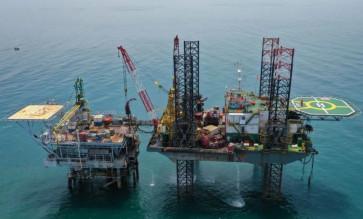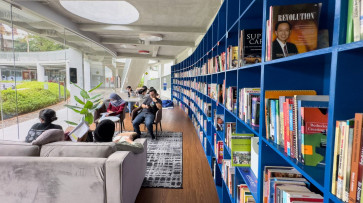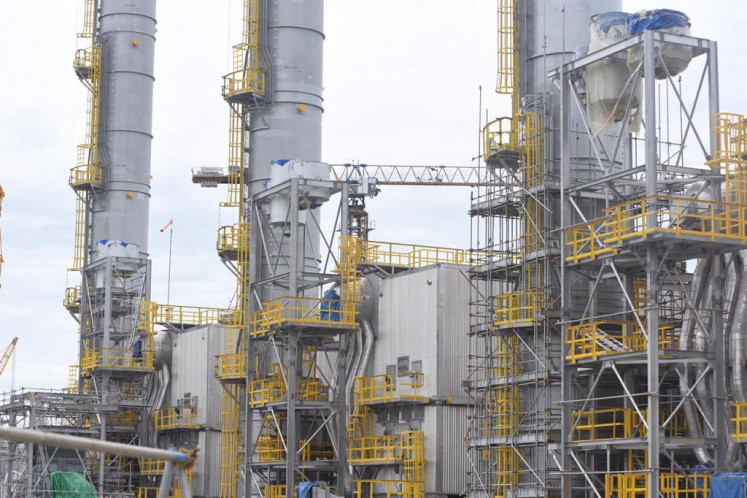Realigning bonded zones
The finance minister’s regulation that requires the closure of bonded zones measuring less than 1 hectare and ones that are not located near seaports makes a lot of sense because the ruling is designed only to realign the function of such zones to their original, basic, economic concept
Change text size
Gift Premium Articles
to Anyone

T
he finance minister’s regulation that requires the closure of bonded zones measuring less than 1 hectare and ones that are not located near seaports makes a lot of sense because the ruling is designed only to realign the function of such zones to their original, basic, economic concept.
First of all, a bonded zone is an economic concept designed to boost exports by allowing manufacturing companies to bring in basic or intermediate materials without paying import duty, value-added tax (VAT) and other indirect taxes, which are normally levied on trading transactions.
However, the tax and duty exemptions in a bonded zone are effective or granted only to export transactions and not for domestic sales or domestic consumption. This means that industrial companies are entitled to such facilities only in so far as their imports are meant as inputs for export goods and their products are designed primarily for the export market.
Hence, the new rule, which requires industrial firms in bonded zones to export at least 75 percent of their total output, up from the current rate of 50 percent, is also sensible.
The three-year transition period granted for the enforcement of the regulation is also reasonable because the types of factories operating in bonded zones are highly mobile and sensitive to such factors as labor costs and smooth logistical arrangements needed for superior supply-chain management.
We share Finance Minister Agus Martowardojo’s great concern about the abuse of bonded zones, which total more than 2,000 across the country, for smuggling or simply evading import duties and VAT and luxury sales taxes. He cited 73 cases of abuse by textile and garment companies last year alone.
What is indeed the point of establishing a bonded zone of less than 10,000 square meters in size? Such a facility simply does not have economies of scale for manufacturing firms oriented to the international market.
Likewise, it does not make any business sense to set up a bonded zone far away from seaports because the biggest advantage such a facility should offer is efficient transportation, which is vital to ensure superior supply-chain management and an efficient administrative machinery that is able to minimize encumbrances involved with shipping materials.
A bonded zone is attractive to export-oriented industrial firms primarily because it ensures a smooth inflow and outflow of goods, free from cumbersome customs clearance, which is quite pivotal, in view of the notorious reputation of our customs service as one of the most corrupt public institutions.
But then the main issue with so many bonded zones, especially those located far away from seaports, or operating in the middle of residential areas, is the institutional capacity of the customs service to provide proper supervision.
Moreover, it is not efficient for the customs service to assign supervisors to so many bonded zones.
Hence, the most effective way to solve the problem is to gradually close bonded zones that cannot provide the advantages to make export-oriented industrial companies highly competitive on the international market, and to relocate factories already operating in such unviable zones to big industrial estates, which usually also run bonded zones.









